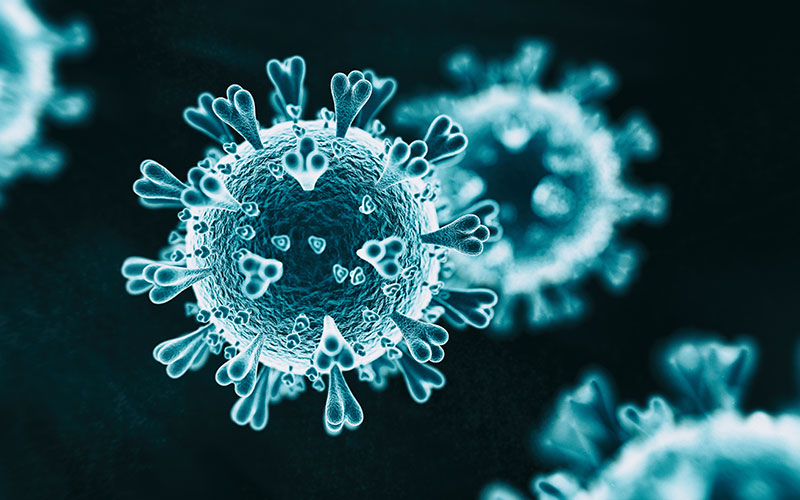Using high-resolution mass spectrometry, researchers have mapped glycan-processing states of the spike protein complex that allows the SARS-CoV-2 virus to infect human cells.

They found that SARS-CoV-2 S glycans differ from typical host glycan processing, which may have implications in vaccine design.
As scientists seek to combat the virus that causes COVID-19, the development of vaccines has focused on the spike – a protein complex composed of three protomers that protrudes from the virus and binds to the ACE2 receptor on the surfaces of human cells.
Each protomer harbours 22 chemical sites that can undergo glycosylation, a biochemical reaction that adds a glycan compound to a protein. How these sites are glycosylated may affect which cells the virus can infect. The same processes could also shield some regions on the spike from being neutralised by antibodies.




